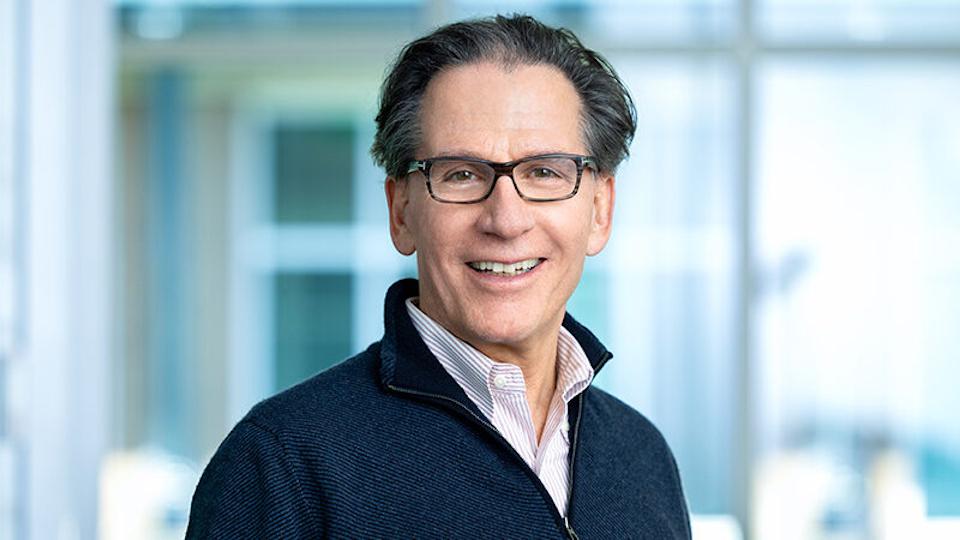The patient will see you now: Why embracing discomfort could transform patient engagement

It’s an article of faith in pharma communications that everything we do must be polished, slick, professional. We create campaigns in the tension between conflicting imperatives: be bold and innovative, but familiar and relatable; showcase our scientific nous, but be simple and accessible; be person- and patient-centric, but make sure we get visibility and credit for it.
Those tensions are somewhat unavoidable, working in a heavily-regulated industry serving diverse audiences. But coming from a background in patient activism and advocacy, I was often frustrated by my interactions with pharma. Conversations were guarded, cautious, and usually transactional. The desire to learn more or understand better extended only to the end of a questionnaire or advisory board meeting. The information we provided as patients was valuable, but it fell short of the genuine insight we could offer. As a result, end product sometimes lacked the humanity that could bring our experience to life for others.
There are countless reasons we might put guardrails on our interactions with patients, compliance chief among them. However, reflecting on my history of sitting in seats around the table, there’s a more human factor creating distance between us: discomfort.
Embracing discomfort: An other-centred approach
We all recognise discomfort in different ways: a sudden humming in the chest, tension in the legs, the urge to flee. Discomfort is just one manifestation of complex, deep-seated feelings that our conscious minds struggle to comprehend – i.e., anxiety, vulnerability, fear, helplessness. In recent years, we’ve seen increased discussion around embracing these feelings in pursuit of personal growth. We might address them in our personal lives, even extending to professional growth, but we tend to stop there. We look at it from the first-person perspective, but rarely (if ever) consider how embracing discomfort can benefit others at the community, organisational, or societal level.
When we’re faced with uncomfortable situations at work, our willingness to embrace discomfort dissipates: it feels inappropriate. But to truly grow from discomfort, we must embrace it in our interactions with others, particularly patients and communities. It’s more than acknowledging our own feelings; it’s about actively seeking out and engaging with the validity of others' experiences.
This is a shift from an inward, self-focused perspective to an outward, other-centred approach. By making it, we open ourselves up to the challenges faced by those we serve, fostering deeper connections and more meaningful understanding. The net result is a radical empathy that transforms our interactions and insights, and, in turn, our impact on the communities we support.
Before I worked in healthcare, I held various hospitality jobs where I saw how simple human interactions affected other parts of our lives. I’d greet every customer cheerfully, genuinely. Some responded warmly, making the day a bit brighter, but too often my sincere welcome was met with a barked order, devoid of eye contact or pleasantries. It was just a transaction. The cumulative effect of such interactions can be demoralising and dehumanising, and those feelings don't end when we clock out, much like our personal lives don’t pause at the office door. We don't live in the universe of 'Severance.'
When I apply this lens to pharma, I’m surprised (and unnerved) by the similarities. Our guarded, transactional interactions with patients often mimic those disheartening exchanges in hospitality. When we treat patient engagement as a tick box exercise, rather than a genuine dialogue, we miss the opportunity to connect with people on more than a superficial level. This doesn’t just impact patients, it diminishes our own sense of purpose and connection to the work we do.
Embracing discomfort as a form of radical empathy means pushing beyond our comfort zones to connect on a deeper level. It’s about acknowledging the unease that comes from hearing difficult truths. This requires a shift from a transactional mindset to a relational one, where the goal isn’t just to gather data, but to build trust and foster meaningful connections.
Consider the impact if, instead of approaching patient interactions with guardrails, we started with humility and curiosity. Encouraging patients to lead the conversation, share their stories in their own words, and express their needs without interruption. It requires us to be present and attentive, to ask follow-up questions that show we’re listening and care.
Stepping out of the comfort zone: Understanding the patient experience
The approach can be transformative. When patients feel heard and understood, they’re more likely to engage actively and provide insights that go beyond the superficial. This can lead to solutions that are truly patient-centric, enhancing both the effectiveness and the humanity of our work.
It isn’t easy. In our efforts to promote the benefits of radical empathy, we’re sometimes met with indifference or scepticism. After all, the status quo is the status quo and, to many, it works well enough. Unless you’re a patient yourself, the urgent need for a new approach may not be apparent. But that’s precisely the point. Unless we step out of our comfort zones, and actively try to understand the experiences of patients, we can’t fully appreciate why change is needed. Doing this requires cultural shifts to prioritise empathy and relationships over efficiency and control. It means guiding our teams to handle conversations with sensitivity and respect. And it requires personal commitment to ongoing reflection and growth, as we learn from each interaction.
By embracing discomfort, we embrace the notion that we can make healthcare more compassionate and effective, co-creating solutions with patients that prioritise their needs. It’s a challenging path, but one that holds the promise of a more meaningful connection to the work we do, benefitting not just ourselves, but the people we serve.













